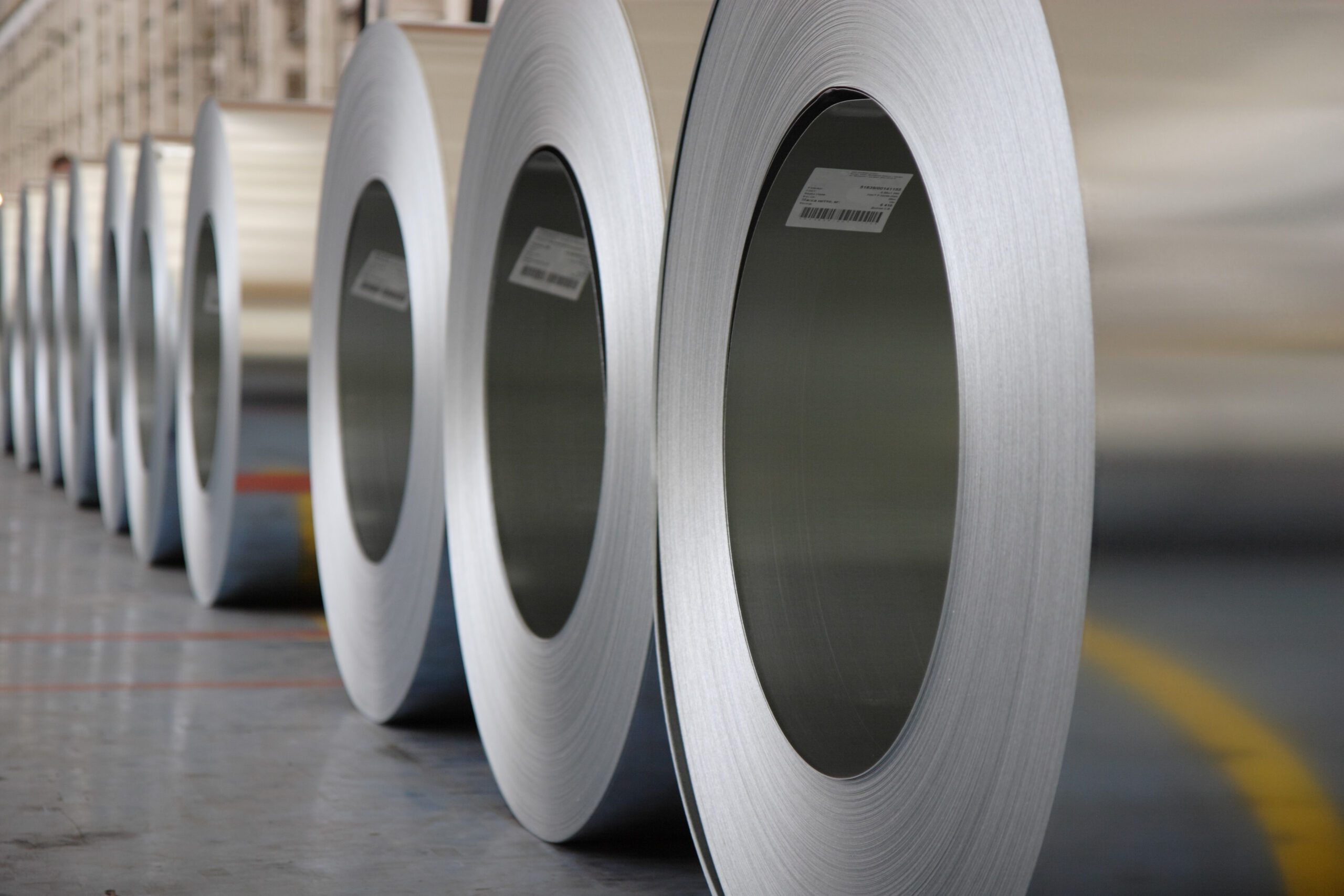Green Purchasing refers to the procurement of products and services that have a reduced effect on human health and the environment when compared with competing products or services that serve the same purpose. With the global steel industry being one of the major contributors to greenhouse gas emissions, the need for its decarbonisation is a pressing matter; therefore, the role of sustainable procurement is nothing short of critical. Green steel procurement incentivises producers to invest in developing green technologies and enhance marketing potential. It helps in effectively reducing carbon emissions, air pollution and waste while demonstrating a company’s commitment to the race to genuine net zero. That being the case, users of steel must send a clear message that they wish to procure green steel to make the transition happen faster.

SteelZero is the first initiative which focuses on driving a powerful demand signal for net zero steel. In an exclusive interaction with the Green Steel World, Ms Jen Carson, Head of Industry, SteelZero at the Climate Group, talks about how the initiative aims to send a strong demand signal to shift global markets and policies towards responsible production and sourcing of steel.
SteelZero, led by the Climate Group in partnership with ResponsibleSteel, is a global initiative that brings together forward-looking organisations to speed up the transition to a net-zero steel industry. Organisations that join SteelZero make a public commitment to use, procure and specify 50% low-emission steel by 2030, with a long-term target of using 100% net zero steel by 2050.
A global initiative of forward-looking businesses
“So, everything from cars, ships, buildings, and bridges, use different kinds of steel and we’re bringing together forward-looking buyers to articulate to the market what their expectations and requirements are in terms of the responsible production process and emissions associated with the metal,” Ms Carson explained.
By harnessing its members’ collective purchasing power and influence, SteelZero sends a strong demand signal to shift global markets and policies towards responsible production and sourcing of steel.
Currently, 31 companies are committed to driving demand for low-emission and net zero steel from across all sectors.
Commitment to procure net zero steel
To become a member, companies make a public commitment to procure 100% net zero steel by 2050 with an interim commitment to procure, specify or stock 50% low-emission steel by 2030. So basically, all steel procurers, public procurement bodies, specifiers of steel, and companies involved in the steel supply chain at any stage after crude steel production are invited to join SteelZero.
“To be a SteelZero member, one needs to be using, not producing steel. The ResponsibleSteel process focuses on the upstream and then brings in key stakeholders downstream. But for SteelZero, it’s only the consumers – influential brands such as Maersk, Ørsted, Lendlease and many more,” Ms Carson highlighted.
Earlier this year, Volvo Cars became the first automotive manufacturer to sign up for the SteelZero initiative.
“Volvo Cars joining SteelZero marks an important step change in the global demand signal for low emission and net zero steel and a pivotal moment for the automotive industry. This sector plays a central role in driving the net zero transition of steel. It’s supporting the creation of a decarbonised steel market internationally that can enable the sector to meet its own net zero targets and deliver a product that is truly aligned with the climate agenda,” Ms Carson had commented.
Defining green steel
According to World Economic Forum, “green” steel is the manufacturing of steel without the use of fossil fuels. Ms Carson explained that after extensive conversations with key players across the steel ecosystem, SteelZero carefully worded its commitment by calling it “Low Embodied Carbon Steel”. And importantly, the initiative assigned a quantitative value (or rather threshold) to the acceptable emissions intensity of the steel.

“Understanding how to interpret Low Embodied Carbon Steel is of central importance for industry alignment and a successful global sector transition. We are also very cognizant that it’s important to not only address the carbon emissions, but wider environmental, social and governance aspects of steelmaking. So, for us, that’s one of the core reasons why we work with ResponsibleSteel. Their standard takes into consideration biodiversity, human rights, water usage etc in the process of steelmaking,” Ms Carson confirmed.
Low Embodied Carbon Steel is defined as crude steel with a GHG Emissions Intensity of less than or equal to the 2030 target threshold in accordance with the following formula:
2030 Target Low Embodied Carbon Steel GHG Emissions Intensity threshold for crude steel = (X tonne CO2 / tonne) + (1 – % end of life scrap) x ((Y – X) tonne CO2 / tonne))
Where: X = 0.2 metric tonnes of CO2 equivalent/ metric tonne crude steel (the target GHG Emissions Intensity for Crude Steel produced in 2030 if produced from 100% end-of-life scrap)
Y = 1.4 metric tonnes of CO2 equivalent/ metric tonne Crude Steel (the target GHG Emissions Intensity for Crude Steel produced in 2030 if produced from 100% iron ore)
Crude Steel is defined as Steel in the first solid state after melting, suitable for further processing or for sale.
Embodied Carbon is defined as the carbon footprint of a material.
Enhancing transparency
Transparent reporting is crucial for any climate target to be met. However, reporting on Scope 3 emissions, that result from activities not owned or controlled by the organisation, continues to be a challenge for businesses, in large part because of the number of partners in the value chain.
Within the net zero 2050 commitment and low embodied carbon steel definition, direct GHG emissions from steelmaking sites (Scope 1), the indirect emissions of GHGs associated with energy generation (Scope 2), as well as other upstream (Scope 3a) indirect GHGs of steelmaking are included.
“It is easier and more direct to understand and report on Scope 1 and 2 but SteelZero is working with all members to support and develop measuring, reporting and accountability of their Scope 3 steel emissions in an effective manner. It’s a challenging task that’s not straightforward but is absolutely necessary to enact and maintain transparency. As far as steel is concerned, the ResponsibleSteel standard is already working towards the complex issue and demand for increased transparency on Scope 3 emissions can increasingly be seen from customers globally,” Ms Carson remarked.
Elaborating on the role of end-users in driving the steel industry’s green transition, Ms Carson emphasised that it is still in the nascent stage. All the more reason to press for accelerated action, now, she added. There is a lot that needs to be done to mainstream end consumers realise and be aware of the green steel conversation.
For steelmakers, Ms Carson sees, emissions and sustainability increasingly being recognised on a footing with core business considerations such as safety. Businesses are needing to consider emissions reduction as a fundamental responsible element of operations.
Net zero by 2050 is a realistic expectation
In her role within the Climate Group, Ms Carson is fully dedicated to driving sustainability in different sectors and across businesses. She is of the view that recycling and reuse, waste management, energy, infrastructure transition and distribution are complex challenges within steel and concrete industries and need to be addressed immediately – and holistically.

She finds inspiration and motivation in organisations and individuals who are accelerating actual action across key markets and topics on taking the agenda of wider sustainability forward. It is only a matter of time before we have a new BAU for steelmaking.
Ms Carson is an optimist and believes that net zero by 2050 is a realistic expectation across the world. However, she asserted that the attention must move from Europe and North America over to supporting Asia. China, India, Japan, and South Korea’s combined production of crude steel accounted for nearly 68% of the world’s total production in 2021 and as per the World Steel Association data, the whole continent was responsible for 74% of the global production.
It’s crucial that we have the flow of financial capital and technology transfer to enable decarbonisation in those regions.
“In addition to technological and financial support, there is a need for new and enhanced policies. All these levers then need to be activated to support and accelerate the net zero transition,” Ms Carson concluded.

